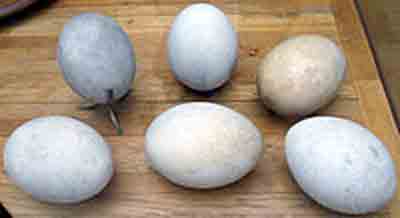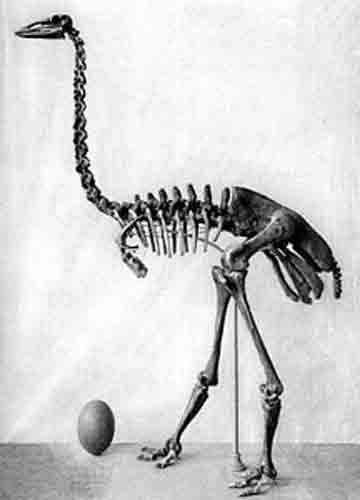Fossil Shell Egg Bird Prehistoric Giant Elephant mm 12 x 10 x 3 Aepyornis maximus Megafauna Paleognathic Ratites Extinct Quaternary Holocene Collecting Paleontology Museum.
Pleasant collectible fossil find in excellent condition, with evident details typical of Bird Eggs, such as the type of external ornamentation, the thickness, the arrangement of the pores and respiratory channels, the crystalline microstructure and the growth grooves, etc.
No restoration at all. Only a piece, as in photos.
The Aepyornis (Paleognathae, Struthioniformes, Dinornitiformes, Aepyornithidae) are an extinct genus of giant birds living in Madagascar, belonging to the family of elephant birds, which also includes the smaller Mullerornis, also extinct. It is believed that they were the largest birds ever existed.
They could measure up to 3 m and higher, weighing more than half a tonne.
Their  eggs had a circumference of over a meter and a length of more than 35 cm;
eggs had a circumference of over a meter and a length of more than 35 cm; their volume was about 160 times that of a hen's egg. The DNA of Aepyornis was successfully extracted from the remains of eggshells by a group of Australian researchers.
It is believed that the expression
"elephant bird" derives from the Million of Marco Polo.
There are four species currently ascribed to the genus:
Aepyornis hildebrandti (= Aepyornis mulleri),
Aepyornis gracilis,
Aepyornis medius (= Aepyornis grandidieri) and
Aepyornis maximus (= Aepyornis modestus; Aepyornis ingens; Aepyornis titan). The validity of these species is still under discussion, as some authors would like the unification of all species to subspecies of
A. maximus.
Since no fossilized remains of rainforest have been found in Madagascar, one can not say with certainty whether these animals loved (like casuari) living in the forests, or if instead (like ostriches, emus and nandu) they loved open spaces.
Like their living relatives, the Aepyornis were
unfit for flight, but their bones had no

marrow. As Madagascar broke away from the African continent long before the birth of the Ratites, it is thought that the Aepyornis lost their ability to fly and reached enormous dimensions in situ, due to a phenomenon of
island gigantism; these animals probably began to differentiate themselves from the ostrich 85 million years ago, when Gondwana was joined by an isthmus to the island.
It has always been believed that
the extinction of these animals was caused by human factors, since they were once widespread throughout the island, and everywhere quite common.
Recent research has uncovered numerous fragments of Aepyornis eggs among the ashes of prehistoric fires, a sign that these eggs were used as food for entire families; probably also the adults were preyed, because clear signs of slaughter were found on some fossil remains. The certain date of the extinction of these large birds is uncertain and to derive it can not be taken into account on the local folklore, in which the stories about these animals have spread for centuries after their disappearance.
In addition to hunting by humans, the
diseases brought by birds introduced by Africa, such as guinea fowls and chickens, and
climate changes in progress, such as the progressive loss of moisture in Madagascar in Holocene could contribute to the extinction of these giants .
N.B. The
Ratites are an artificial grouping of birds that includes the
Paleognati that do not fly. The term "Ratites" comes from the Latin "ratis" which means "raft" because these birds have the flat breastbone instead of a faulty one. Their distribution is austral of Gondwan origin. Except for the
kiwi are all large.
They include the following orders:
Struzioniforms (ostriches), Africa
Reiforms (nandù), South America
Casuariformi (emus and cassowaries), Australia and New Guinea
Apterigiformes (kiwi), New Zealand
Dinornitiformi † (moa), New Zealand
Epiornitiformi † (elephant birds), Madagascar



